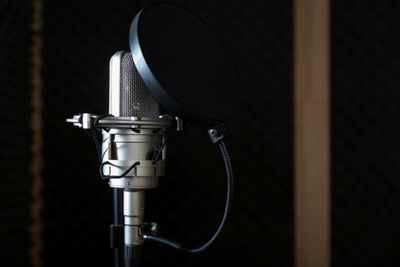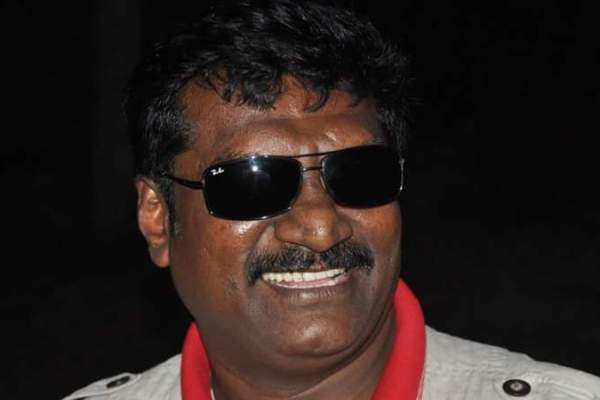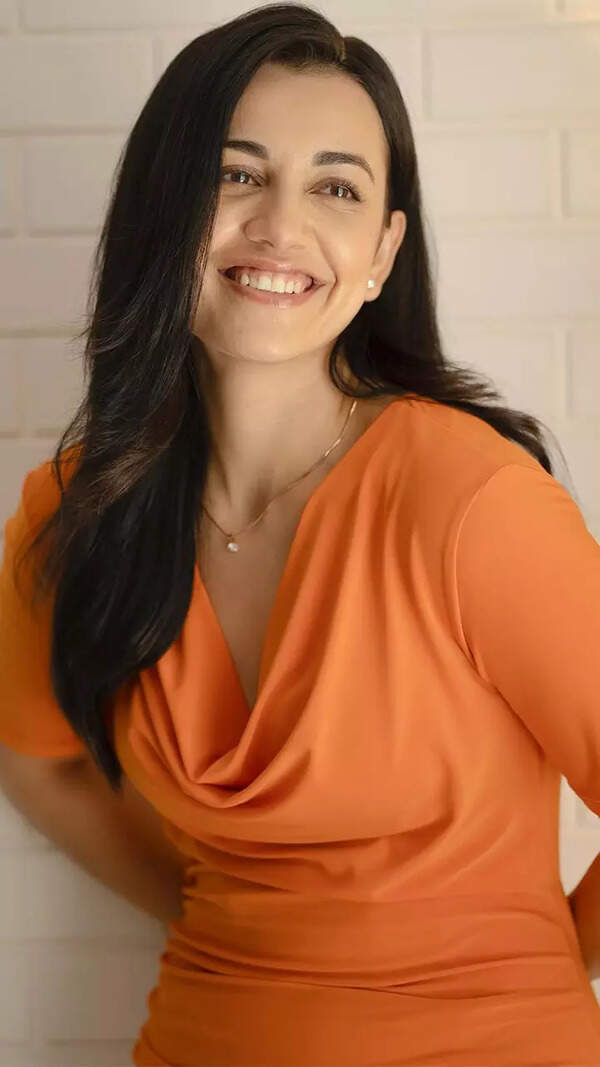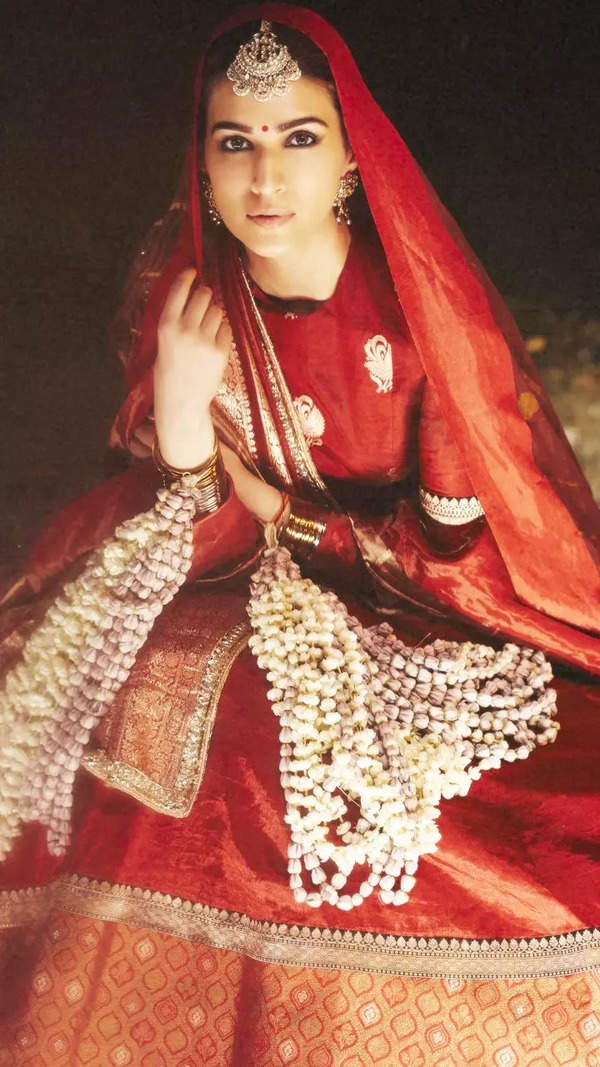- News
- entertainment
- tamil
- movies
- Dubbing is big business today in Kollywood
Trending
This story is from May 12, 2016
Dubbing is big business today in Kollywood
In the 1940s, AV Meiyappa Chettiar introduced the concept of dubbing by dubbing the Kannada film Harichandra.

First, there were the silents; then came the talkies. Actors used to not just speak their dialogues but also sing the songs as well. But, in the 1940s, AV Meiyappa Chettiar introduced the concept of dubbing by dubbing the Kannada film Harichandra and the Hindi-Marathi film Ram Rajya in Tamil and roped in existing actors to dub for the film. Soon, actors from other industries started working in Tamil, and filmmakers needed to dub their dialogues to make their lines sound natural.And thus was created a new breed of professionals called dubbing or voice-over artistes.
In 1983, PA Krishnan founded as the Dubbing Artistes Union of South India, an association for dubbing artistes, with around a dozen members. Today, the union, called South Indian Cine and Television Artistes and Dubbing Artistes Union, has over 2,000 artistes and also 30-plus voice co-ordinators or dubbing agents (people who choose dubbing artistes) as its members. It is also affiliated to the Film Employees��� Federation of South India (FEFSI). Dubbing has become an industry by itself and credit to this boom goes to television, which has created a requirement for more dubbing artistes as TV serials, international films, and documentaries and other shows in the non-fiction channels are today being dubbed in Tamil.
In addition to a good voice, the ability to act, good memory, creativity and a sense of synchronizing ��� these are the qualities that a dubbing artiste needs to have, says Savitha Reddy, who has dubbed for top heroines like Aishwarya Rai, Simran, Jyotika and Nayanthara. Having been in the industry for the past 20 years, she has worked in over 1,000 films. She says that she always watches the pilot track (the footage with the heroine���s original voice) before starting to dub as that gives her idea on what kind of voice and modulation she needs to go for. ���Tamannaah has a bass-y voice while Hansika���s is nasal. Nayanthara talks with a slight Madras accent (for eg, inna for enna). Observing these details and including them during the dubbing makes the voice sync with the character onscreen,��� she explains. This ability has also helped her dub for two heroines in the same film quite a few times. ���When Simran and Jyotika were at their peak, there were times when I used to dub for their films on the same day. Even recently, I dubbed for both Tamannaah and Hansika for an ad,��� she adds.

Actress and voice-over Deepa Venkat says she insists that the director be present if she is dubbing for the heroine���s role. ���A director has to be around because they tend to get new ideas when they are involved in the process,��� she explains.

Deepa says there has been a marked change in the field from the time she started out ��� in 1992-93, and feels the dubbing has become a big business today in Kollywood. ���Technically, advances in digital technology have made it easier for us. We have got excellent sound engineers who can sync our voices even when we are slightly off, modify them slightly to match the character and so on,��� she says.
Even the approach of filmmakers has changed, she says. ���Earlier, the same artiste used to dub for a particular actor, but today, directors do not want the same voice. Instead, they go based on the subject and the character requirements ��� should the voice be cute or serious, sweet or bass-y, et al,��� she says.
Savitha says that while directors a decade ago stressed on pronunciation, diction and clarity, nowadays, directors ask them to sound more colloquial, speak like how people do in real life, and sometimes, even go for anglicised diction. ���Even in terms of voice, earlier, a heroine had to sound sweet and nice but today, they are OK with a slight amount of roughness (broken or cracked) in the texture and even slightly manly vocals,��� she says.
But gaining a foothold in this industry can be tough, warns Savitha. ���You cannot start earning in thousands and lakhs as soon as you become a member. You start out with short films, documentaries and then TV work before moving on to films. Even there, today, voice tests are done for almost every character, and if you fail the first few tests, the chances of a dubbing agent calling you again are very less because this is a very competitive field with someone new coming up every day. So, think twice, equip yourself and then try to take the plunge in the industry,��� she suggests.
TNB Kathiravan, who is popularly known as Kathir, is one of the prolific male dubbing artistes today and has provided the voice for actors like Ashish Vidyarthi, Vidyut Jamwal, Sharath Lohitashwa (of Paandiya Nadu fame) and Prakash Raj (in his Tamil dubbed films). The son of yesteryear director TN Balu, who worked as an associate director with P Vasu, he says he became a dubbing artiste ���for survival���. ���I became a member in 1998, thanks to Radha Ravi sir. But today, it is tough as we have established a set of guidelines (which includes an audition) for a person to become a member,��� he says. Unless a person is a member of the dubbing union, they cannot dub for films.

He agrees that female dubbing artistes have more opportunities because unlike actresses, most actors choose to dub their lines. Interestingly, his wife Renuka is also a leading dubbing artiste.
But there is no pay difference between female and male artistes, he adds. ���The pay depends only on the character that you are dubbing for and the demand that your voice has,��� he says.
The dubbing union has fixed a minimum of `25,000 for voice-over artists who dub for the hero or the heroine, ` 20,000-15,000 for those who dub for crucial supporting characters, ` 4,000 on call sheet basis for bit voice (characters who pop up only in a scene or two) and `1,000 for crowd voice (characters who are part of a large crowd). ���The payments aren���t regularised for the TV industry, but talks are on with the TV producers��� association,��� reveals KR Selvaraj, a voice-over artiste, actor, writer and director, who is the present president of the dubbing union.
He credits actor Radha Ravi, who has served as the union���s president for over 20 years, for the recognition that has come in the way of dubbing artistes today. ���He was instrumental in making us part of FEFSI. Today, dubbing has become something similar to a job in a corporate company. The recordings happen in air-conditioned studios, and the timings are decent (mostly 9am to 8pm). And the artistes can be assured of their payment. Even if there is a dispute, the union will talk to the producers and solve it,��� he says.
Every year, the union gives out awards to its members as well ��� Kural Selvam award for members who have done exceptional work and Ezhuthu Selvam award for dialogue writers. ���It requires talent to write lines that match what a character is talking in another language,��� he says. The union also provides financial assistance for its members and their wards for educational and medical needs and even occasions like marriage and death. The union also is planning to setup an institute for voice culture.
As for recognition, the Tamil Nadu government has been awarding dubbing artistes as part of their film awards since the turn of the millennium. ���We have also submitted a request to the union government to institute an award for dubbing artistes in the National Awards as well,��� says Selvaraj.

In 1983, PA Krishnan founded as the Dubbing Artistes Union of South India, an association for dubbing artistes, with around a dozen members. Today, the union, called South Indian Cine and Television Artistes and Dubbing Artistes Union, has over 2,000 artistes and also 30-plus voice co-ordinators or dubbing agents (people who choose dubbing artistes) as its members. It is also affiliated to the Film Employees��� Federation of South India (FEFSI). Dubbing has become an industry by itself and credit to this boom goes to television, which has created a requirement for more dubbing artistes as TV serials, international films, and documentaries and other shows in the non-fiction channels are today being dubbed in Tamil.
In addition to a good voice, the ability to act, good memory, creativity and a sense of synchronizing ��� these are the qualities that a dubbing artiste needs to have, says Savitha Reddy, who has dubbed for top heroines like Aishwarya Rai, Simran, Jyotika and Nayanthara. Having been in the industry for the past 20 years, she has worked in over 1,000 films. She says that she always watches the pilot track (the footage with the heroine���s original voice) before starting to dub as that gives her idea on what kind of voice and modulation she needs to go for. ���Tamannaah has a bass-y voice while Hansika���s is nasal. Nayanthara talks with a slight Madras accent (for eg, inna for enna). Observing these details and including them during the dubbing makes the voice sync with the character onscreen,��� she explains. This ability has also helped her dub for two heroines in the same film quite a few times. ���When Simran and Jyotika were at their peak, there were times when I used to dub for their films on the same day. Even recently, I dubbed for both Tamannaah and Hansika for an ad,��� she adds.

She says that sometimes actresses call her up to discuss what kind of modulation they would like her to go for the character. ���When I started dubbing for 36 Vayadhinile, Jyotika spoke to me on how she wanted my voice to sound a little mature because she was playing a middle-aged mother,��� she reveals. In addition to that, actresses even call her up to get her feedback on their performance in particular scenes, the importance of their role in the film, and their costumes.
Actress and voice-over Deepa Venkat says she insists that the director be present if she is dubbing for the heroine���s role. ���A director has to be around because they tend to get new ideas when they are involved in the process,��� she explains.

Deepa says there has been a marked change in the field from the time she started out ��� in 1992-93, and feels the dubbing has become a big business today in Kollywood. ���Technically, advances in digital technology have made it easier for us. We have got excellent sound engineers who can sync our voices even when we are slightly off, modify them slightly to match the character and so on,��� she says.
Even the approach of filmmakers has changed, she says. ���Earlier, the same artiste used to dub for a particular actor, but today, directors do not want the same voice. Instead, they go based on the subject and the character requirements ��� should the voice be cute or serious, sweet or bass-y, et al,��� she says.
Savitha says that while directors a decade ago stressed on pronunciation, diction and clarity, nowadays, directors ask them to sound more colloquial, speak like how people do in real life, and sometimes, even go for anglicised diction. ���Even in terms of voice, earlier, a heroine had to sound sweet and nice but today, they are OK with a slight amount of roughness (broken or cracked) in the texture and even slightly manly vocals,��� she says.
But gaining a foothold in this industry can be tough, warns Savitha. ���You cannot start earning in thousands and lakhs as soon as you become a member. You start out with short films, documentaries and then TV work before moving on to films. Even there, today, voice tests are done for almost every character, and if you fail the first few tests, the chances of a dubbing agent calling you again are very less because this is a very competitive field with someone new coming up every day. So, think twice, equip yourself and then try to take the plunge in the industry,��� she suggests.
TNB Kathiravan, who is popularly known as Kathir, is one of the prolific male dubbing artistes today and has provided the voice for actors like Ashish Vidyarthi, Vidyut Jamwal, Sharath Lohitashwa (of Paandiya Nadu fame) and Prakash Raj (in his Tamil dubbed films). The son of yesteryear director TN Balu, who worked as an associate director with P Vasu, he says he became a dubbing artiste ���for survival���. ���I became a member in 1998, thanks to Radha Ravi sir. But today, it is tough as we have established a set of guidelines (which includes an audition) for a person to become a member,��� he says. Unless a person is a member of the dubbing union, they cannot dub for films.

He agrees that female dubbing artistes have more opportunities because unlike actresses, most actors choose to dub their lines. Interestingly, his wife Renuka is also a leading dubbing artiste.
But there is no pay difference between female and male artistes, he adds. ���The pay depends only on the character that you are dubbing for and the demand that your voice has,��� he says.
The dubbing union has fixed a minimum of `25,000 for voice-over artists who dub for the hero or the heroine, ` 20,000-15,000 for those who dub for crucial supporting characters, ` 4,000 on call sheet basis for bit voice (characters who pop up only in a scene or two) and `1,000 for crowd voice (characters who are part of a large crowd). ���The payments aren���t regularised for the TV industry, but talks are on with the TV producers��� association,��� reveals KR Selvaraj, a voice-over artiste, actor, writer and director, who is the present president of the dubbing union.
He credits actor Radha Ravi, who has served as the union���s president for over 20 years, for the recognition that has come in the way of dubbing artistes today. ���He was instrumental in making us part of FEFSI. Today, dubbing has become something similar to a job in a corporate company. The recordings happen in air-conditioned studios, and the timings are decent (mostly 9am to 8pm). And the artistes can be assured of their payment. Even if there is a dispute, the union will talk to the producers and solve it,��� he says.
Every year, the union gives out awards to its members as well ��� Kural Selvam award for members who have done exceptional work and Ezhuthu Selvam award for dialogue writers. ���It requires talent to write lines that match what a character is talking in another language,��� he says. The union also provides financial assistance for its members and their wards for educational and medical needs and even occasions like marriage and death. The union also is planning to setup an institute for voice culture.
As for recognition, the Tamil Nadu government has been awarding dubbing artistes as part of their film awards since the turn of the millennium. ���We have also submitted a request to the union government to institute an award for dubbing artistes in the National Awards as well,��� says Selvaraj.

End of Article
FOLLOW US ON SOCIAL MEDIA








